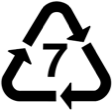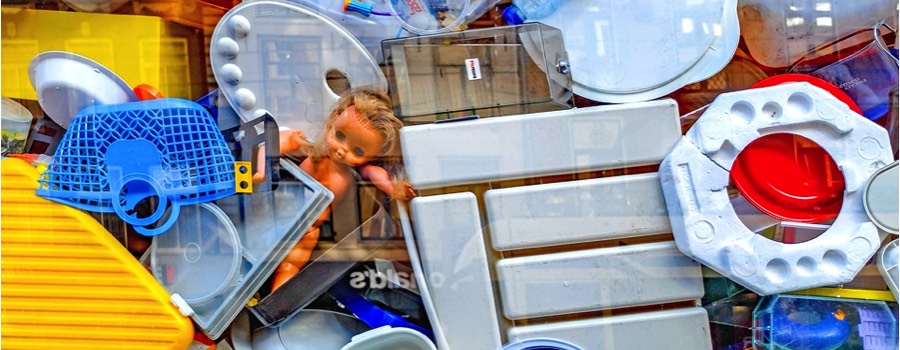
Got Plastic?
Don't know what to do with it?
Wondering what's going to happen to it?
Curious what it's made of?
If you recognize your product below or one that is similar to it, hover over or click on it to learn more about what to do with it when it's ready for disposal. If you don't see your product, refer to our general recycling tips for giving it a place to go in the waste stream that minimizes harm to both people and planet.

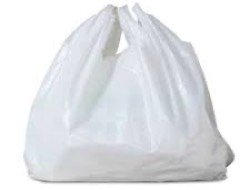
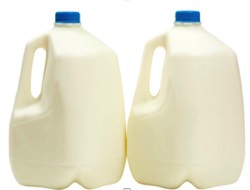
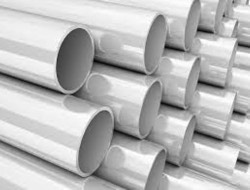
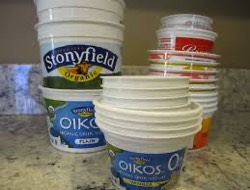
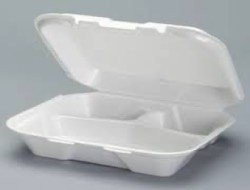
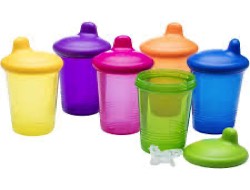

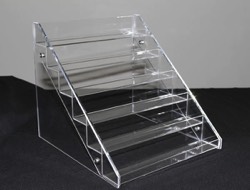

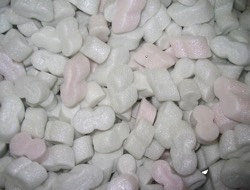
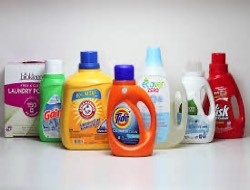
Plastics of all Shapes, Types, and Sizes:
A plastic is a polymer, either synthetic or natural, which consists of molecules that like to form long chains. These molecules are called monomers. Certain plastics have more connections between long chains of monomers than others; these connections are called cross links. Plastics can be divided into three major classes according to how well the monomers that make up the plastic are cross linked and the degree of cross-linking is a key characteristic in determining whether the plastic can be recycled. The three major classes of plastics as differentiated by cross-linking are:
Beyond these three major classes of plastics determined by the level of cross-linking between polymer chains (and resulting recyclability), the Society of Plastics Industry (SPI) has also developed a number code for plastics. These familiar numbers, found on almost all plastic products identify the type of resin used to make the product:
A plastic is a polymer, either synthetic or natural, which consists of molecules that like to form long chains. These molecules are called monomers. Certain plastics have more connections between long chains of monomers than others; these connections are called cross links. Plastics can be divided into three major classes according to how well the monomers that make up the plastic are cross linked and the degree of cross-linking is a key characteristic in determining whether the plastic can be recycled. The three major classes of plastics as differentiated by cross-linking are:
- Thermosets: have lots of cross-linking, remain hard and keep their shape when heated, and are typically not suited to recycling, but can be shredded and repurposed.
- Thermoplastics: have little cross-linking, become soft and moldable when heated, and can often be recycled.
- Elastomer: have some cross-linking, are typically thermosets, are made up of long chains that can reconfigure (stretch) under applied stress, and are not well suited to recycling but can be repurposed in some cases.
Beyond these three major classes of plastics determined by the level of cross-linking between polymer chains (and resulting recyclability), the Society of Plastics Industry (SPI) has also developed a number code for plastics. These familiar numbers, found on almost all plastic products identify the type of resin used to make the product:
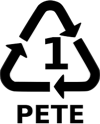
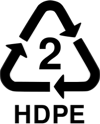

Polyethylene Terephthalate
(PETE or PET)
PET is a thermoplastic and a polyester. It is commonly recycled.
High Density Polyethylene
(HDPE)
HDPE is a high strength thermoplastic and is commonly recycled.
Polyvinyl Chloride
(PVC)
PVC is a thermoplastic that is not often recycled, but can be ground up and reformed.

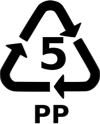
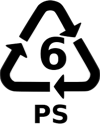
Low Density Polyethylene
(LDPE)
LDPE is a thermoplastic that can be recycled, but is not recycled well in the U.S.
Polypropylene
(PP)
PP is a strong thermoplastic that can be recycled but is typically not recycled.
Polystyrene
(PS)
Polystyrene is light weight and very moldable, but cannot be recycled efficiently.
These six resin codes refer to specific types of plastic, the six most common types used in many commercial products. The last resin code is marked with a number 7 and refers to all other resins including polycarbonate, acrylic, nylon, and polylactic acid (PLA) which are used in a broad range of products. Code 7 plastics are often difficult to recycle either because they are thermoset plastics (e.g. polyester) or involve expensive and hazardous recycling processes (acrylic), other "7" plastics can be recycled (e.g. nylon, polycarbonate) but recycling opportunities are not accessible to consumers.
